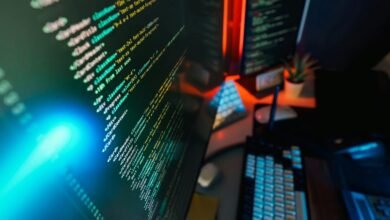Fun Facts About Animators : Interesting Facts You Didn’t Know About Animators

Animators embody a unique fusion of artistry and technology, often revealing intriguing personal rituals that shape their creative processes. Their education typically involves rigorous training, yet many adopt idiosyncratic habits that influence their work. These practices range from the use of specific tools to creative superstitions that guide their color choices. Understanding these nuances provides insight into the complex world of animation, prompting questions about the deeper implications of their craft on culture and society.
The Education Journey of an Animator
Although the path to becoming an animator can vary significantly among individuals, it typically begins with a strong foundation in art and technology.
Many aspiring animators pursue animation degrees, which provide structured skill development in various techniques and software.
This educational journey not only enhances creativity but also equips individuals with essential tools, empowering them to express their unique visions in the dynamic field of animation.
The Evolution of Animation Techniques
As technology advanced, the evolution of animation techniques transformed the industry, leading to innovative storytelling methods and visual experiences.
Traditional techniques, such as hand-drawn frames, laid the groundwork for the art form.
However, digital innovations, including 3D modeling and computer-generated imagery, revolutionized animation, enhancing creativity and expanding possibilities.
This shift not only enriched narratives but also empowered animators to explore new artistic horizons.
The Quirky Habits and Rituals of Animators
The world of animation is not only defined by its technological advancements but also by the unique habits and rituals that animators cultivate to enhance their creativity and productivity.
Quirky routines, such as sketching at specific times or using particular pens, often intertwine with creative superstitions, like avoiding certain colors on pivotal projects, reflecting the deep psychological connections animators forge with their craft.
The Impact of Animation on Culture and Society
Animation plays a pivotal role in shaping cultural narratives and societal values, influencing perceptions across various demographics.
Its cultural significance extends beyond entertainment, fostering empathy and understanding in diverse communities. Through storytelling, animation reflects and challenges societal norms, driving conversations around identity, morality, and justice.
The societal influence of animation is profound, often inspiring movements that resonate deeply within the collective consciousness.
Conclusion
In conclusion, the world of animation is as diverse and intricate as the characters it creates. With approximately 60% of animators reporting that they have a unique ritual or habit that enhances their creativity, it's clear that these practices play a crucial role in their artistic process. This blend of education, evolving techniques, and personal quirks not only shapes the animators themselves but also influences the broader cultural landscape, making animation a compelling reflection of society's imagination.




